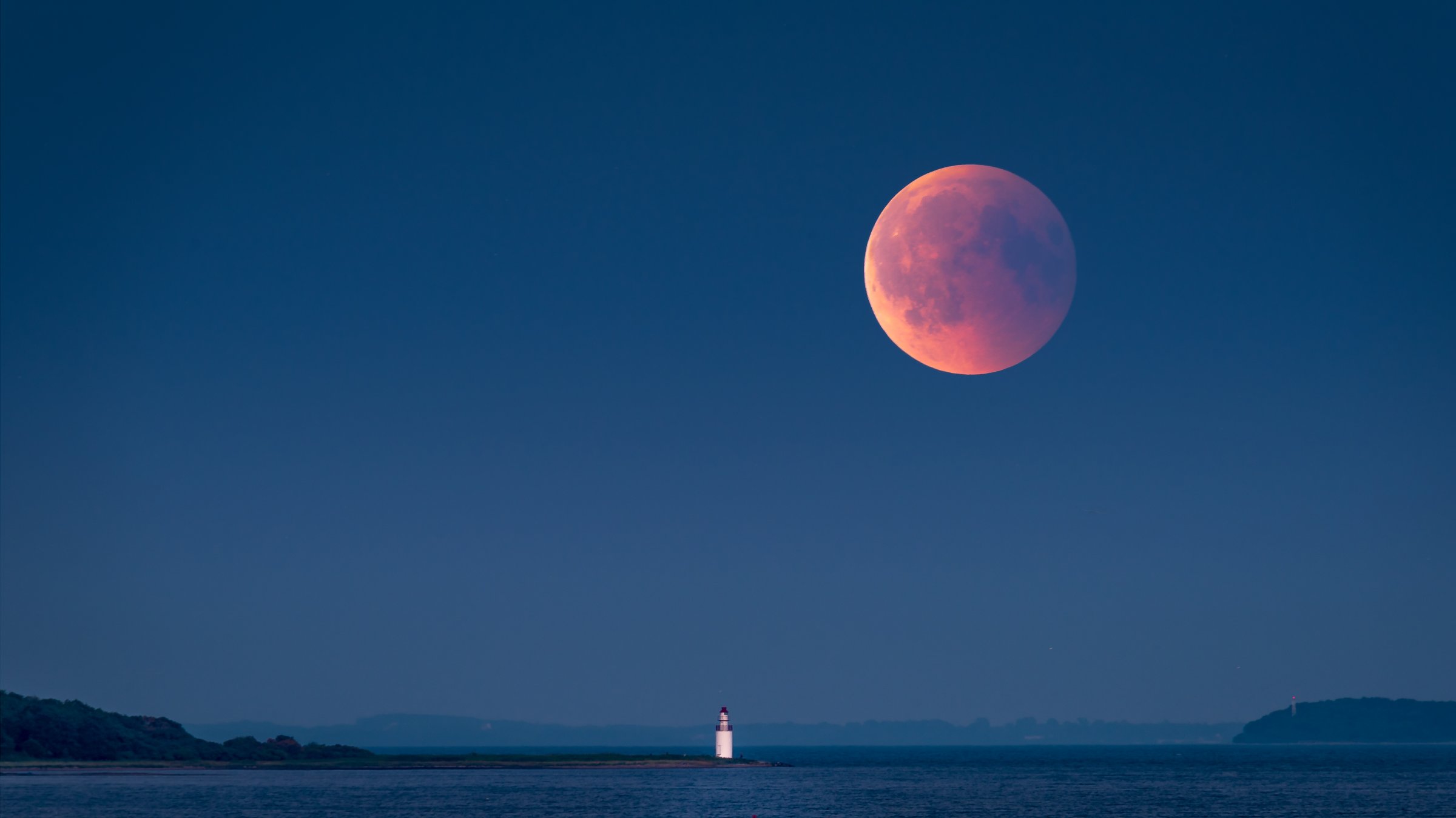
The lunar club is an elite one. Since the dawn of the space age, only the U.S., Russia, China, Japan, India, Israel, and the European Space Agency have sent spacecraft to land on or orbit the moon. On August 2, as Nature reports, that rarefied group will add a new member, when South Korea’s Danuri (which means “enjoy the moon”) probe is launched from the Kennedy Space Center aboard a SpaceX Falcon 9 rocket. Danuri will make a long, looping moonward journey, settling into lunar orbit by mid-December.
The 678 kg (1,495 lb) probe is relatively small as these things go, but it’s packed with five scientific instruments. Among the ones researchers are most excited about is the PolCam, which will study the moon’s surface in polarized light, analyzing the density of its grains of dust. This will help explain so-called “fairy castle” structures, mini-towers of dust that could not form on Earth because the greater gravity of our planet would pull them to the ground. Also on board are the ShadowCam—which will study permanently shadowed regions of the moon that may harbor water ice—and a magnetometer, that will help explain how so small a body as the moon once had a core large and dynamic enough to generate a magnetic field.
But South Korea is not the only country making moon news this week. So too is the U.S., and its venerable Lunar Reconnaissance Orbiter (LRO), which launched in 2009 and has been orbiting the moon ever since. There are a lot of obstacles facing future astronauts who would live at the permanent lunar bases NASA hopes to build. For starters, there’s the constant bombardment of cosmic rays, solar radiation, and micrometeorites. Then too there is the temperature, which ranges from a blistering 127º C (260º F) during the lunar day to a frigid -173º C (-260º F) at night. But there’s an answer: caves.
More from TIME
Not long after the LRO arrived at the moon, it discovered pits in the lunar surface that looked like they lead to lava tubes—now-empty cave-like channels through which lava used to run. Building lunar habitats within the caves would offer natural protection from the micrometeorite, cosmic ray, and solar radiation problems. But there’s still the temperature to reckon with—or there was.
As NASA reports this week, a new study conducted by the LRO, using an on-board thermal camera, analyzed a football field sized pit in the Sea of Tranquility and used computer modeling to examine the thermal properties of the cave the pit might lead to. The result: if the cave indeed exists, it would maintain a steady and survivable temperature of 17º C (63º F) through both the lunar day and lunar night. If NASA is looking for a promising piece of property on which to build its first lunar home, LRO might just have found it.
This story originally appeared in TIME Space, our weekly newsletter covering all things space. You can sign up here.
More Must-Reads from TIME
- Cybersecurity Experts Are Sounding the Alarm on DOGE
- Meet the 2025 Women of the Year
- The Harsh Truth About Disability Inclusion
- Why Do More Young Adults Have Cancer?
- Colman Domingo Leads With Radical Love
- How to Get Better at Doing Things Alone
- Michelle Zauner Stares Down the Darkness
Write to Jeffrey Kluger at jeffrey.kluger@time.com